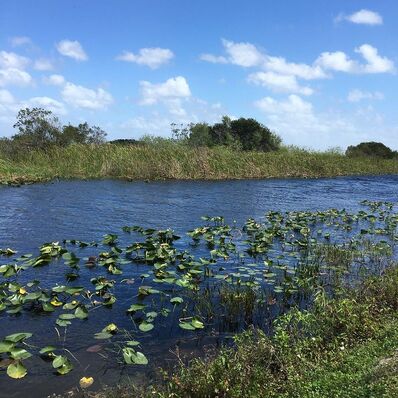National Wildlife Refuges
Growing visitation and enhancing visitor experiences at National Wildlife Refuges (NWRs) through better estimation techniques
Objectives:
The purpose of this project is to examine existing visitor estimation practices and evaluate innovative approaches for conducting visitor estimation at National Wildlife Refuges (NWRs) in the Southeast Region.
Specific objectives in this project include:
Specific objectives in this project include:
- Collect user input data by using interviews, surveys, and/or focus groups with visitor services staff nationally focusing on identifying the barriers and opportunities to conducting visitor estimation in a systematic way.
- Conduct a comprehensive comparative review of existing visitor estimation techniques, both internal to the Service, as well as those used by other agencies, and new innovative methods being applied and researched.
- Provide results and accompanying management recommendations to Service staff in easily accessible formats including a) written reports, b) research summaries, c) workshops, d) agency, professional conference, and public presentations, e) and/or webinars (applies to all phases described above).
Management:
Evaluating and improving visitor estimation methodology is critical to growing visitation numbers and enhancing visitor experiences at NWRs in accordance with Secretarial Order 3366, “Increasing Recreational Opportunities on Lands and Waters Managed by the U.S. Department of the Interior.” Visitation information also helps the Service better determine both the benefits and impacts of recreational use on Service lands and local communities and informs landscape scale conservation planning efforts by tracking how public land usage is changing in response to socio-economic and demographic changes. Social scientists have developed several new methods for estimating visitors to public lands using metrics like social media posts and cell-phone location data. This study is examining existing visitor estimation practices and innovative approaches for conducting visitor estimation. The resulting information will help improve the accuracy of visitor estimation, standardize information collection methods, and make estimation easier for Refuge staff. This information is necessary to ensure that visitor use management, infrastructure, and management decisions at NWRs are legally defensible, sensitive to constituent needs, and incorporate future visitor use projections while preserving desirable conditions and habitat.
Collaborators:
- University of Washington
- U.S. Fish and Wildlife Service

